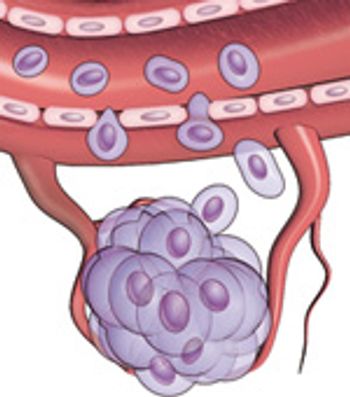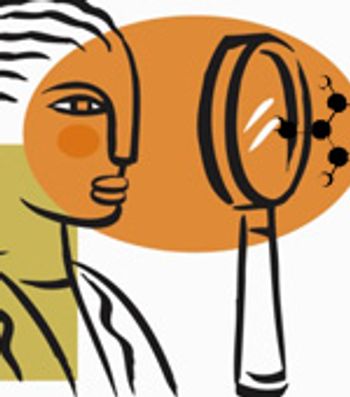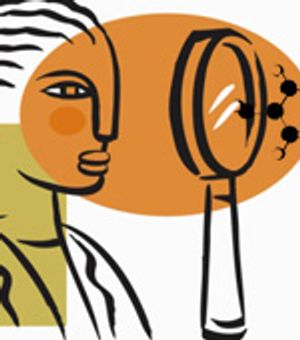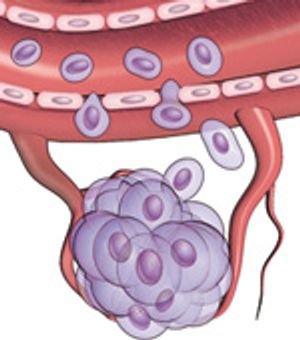
Innovative approaches offer more surgical options with potentially fewer side effects.

Innovative approaches offer more surgical options with potentially fewer side effects.

What healthcare reform means for people with cancer.

Patients battling cancer get financial assistance from friends, family, social media and non-profit organizations.

The human body sometimes produces its own immune response to renal cell carcinoma that results in spontaneous disease remission.

Is it best to start with tamoxifen and then switch to an aromatase inhibitor (AI), or should the AI come first?

A discussion about the best schedule for a class of drugs continues at the San Antonio Breast Cancer Symposium.

How a better understanding of cancer metastasis is suggesting better treatment approaches.

A combination of two well known breast cancer drugs could prove very successful when treating hormone receptor-positive, HER2-positive metastatic disease.

News from SABCS: Aromatase inhibitors are more effective than tamoxifen.

Overview of education sessions during opening of SABCS.

Using robotic arms, video cameras, and tiny incisions, cancer surgeons are changing what it means to go under the knife.

Donald L. Morton, cancer researcher, revolutionized breast cancer surgery with the sentinal lymph node biopsy.

Oncology surgeons are being trained in a new field that combines the surgical removal of breast cancer with breast reconstruction.

Strategies for diagnosing and treating sarcomas shift to a more patient-specific approach.

Some cancer therapies can increase the risk of secondary cancers such as sarcoma, especially for childhood cancer survivors.

Minimally invasive technologies transform the landscape of cancer surgery.

Minimally invasive techniques help detect and diagnose cancer earlier.



Status of noninvasive breast cancer gets some clarity.

Many experts consider lobular carcinoma in situ, LCIS, to be a precursor to invasive breast cancer, but there is still debate over the best treatment including surgery and prevention with tamoxifen or Evista.

The risks and benefits of mammography screening vary by age—the benefit for women over age 50 has been proven, but debate continues about the benefit of screening younger women, beginning at age 40.

Cancer survivors deal with fear.

Advanced treatments take form for a notoriously hard-to-beat cancer.



Published: November 25th 2013 | Updated:

Published: December 10th 2008 | Updated:

Published: December 12th 2008 | Updated:

Published: December 13th 2008 | Updated:

Published: December 13th 2008 | Updated:

Published: December 13th 2008 | Updated: